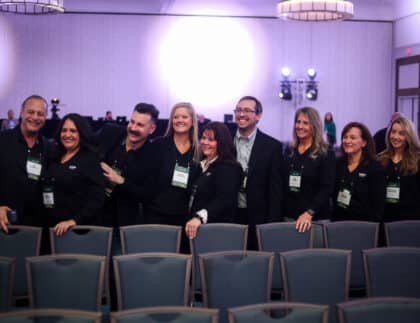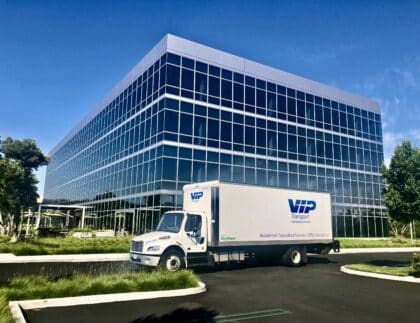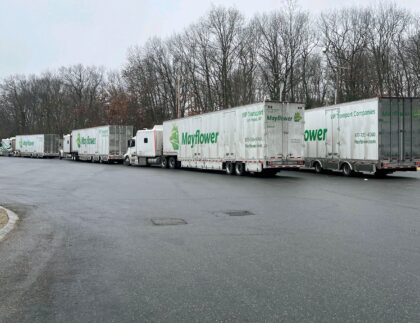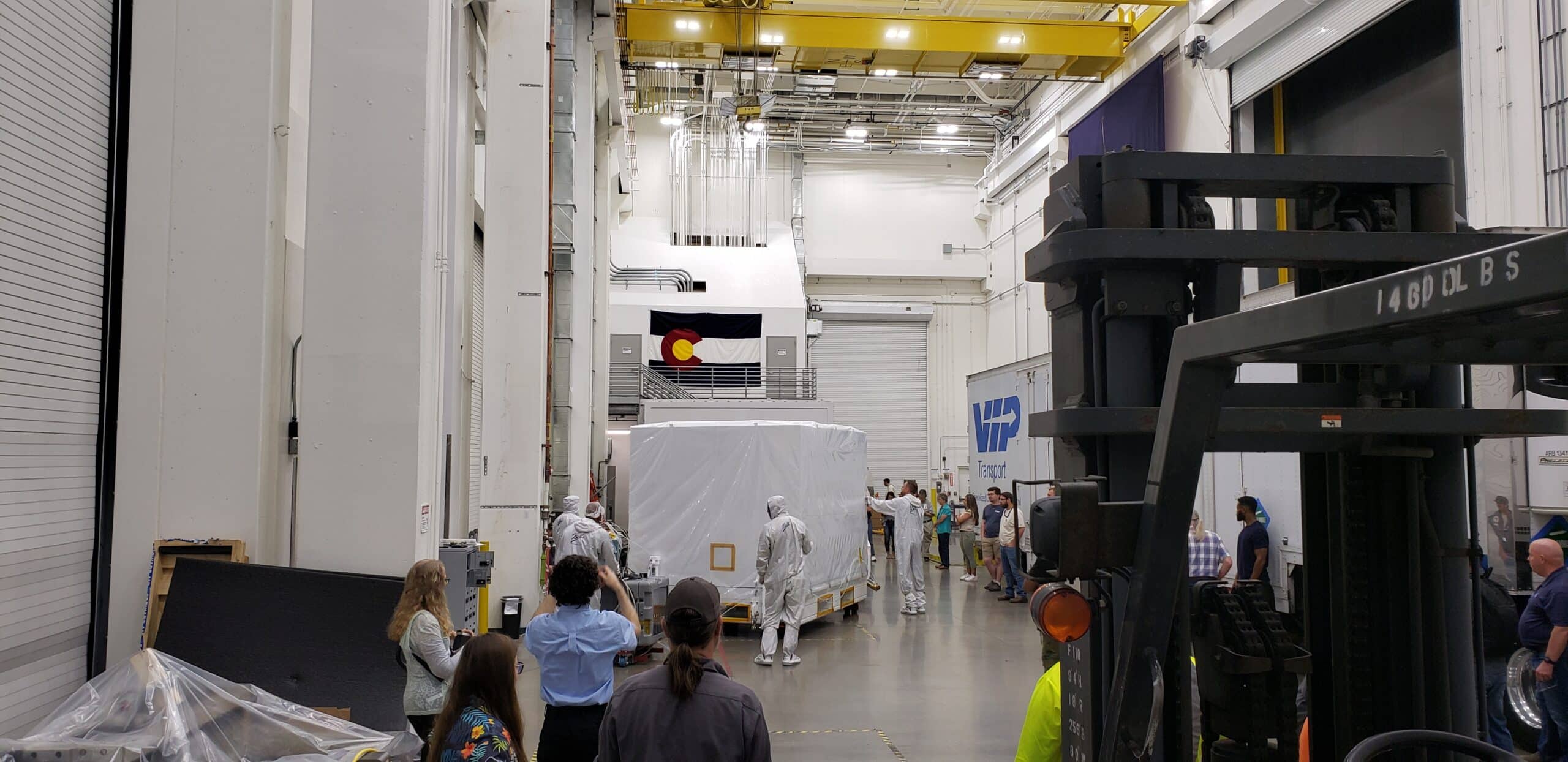
By Chris Bayee
NASA’s Roman Space Telescope Offers a Logistical Challenge with a Universe of Possibilities
What lies beyond our Solar System? The Nancy Grace Roman Space Telescope, a NASA infrared space telescope project that has been in development since 2016, is expected to shed some light on that.
The telescope, which is scheduled to launch by May 2027, has been in development since 2016 after first being recommended as a priority for U.S. astronomers in 2010.
VIP was tasked with the transportation of its components, which have been built in several locations and are being transported to and assembled at NASA’s Goddard Space Flight Center in Greenbelt, Md.
The components alone cost hundreds of billions of dollars, meaning safe, secure transport was a must. NASA scientists are hailing the project as a potential game-changer for space exploration.
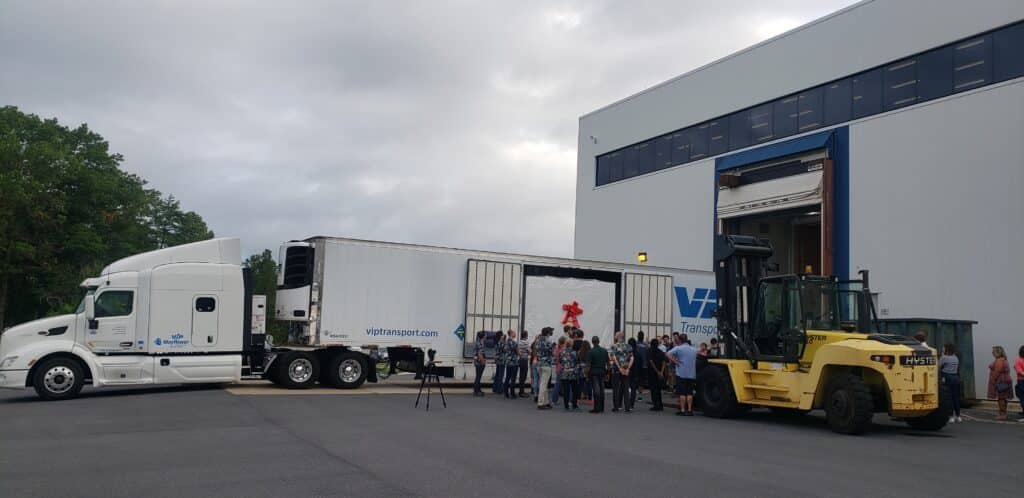
It Took Many Steps to Bring Roman Space Telescope Parts Together
The project’s lofty goals include searching for exoplanets (those outside our Solar System), learning more about the chronology of the universe, and the growth of cosmic structure. Additionally, astronomers hope to measure the effects of dark energy (a mysterious cosmic energy thought to accelerate the universe’s expansion), the consistency of general relativity (or Einstein’s theory of gravity), and the curvature of the spacetime continuum.
The telescope’s capabilities will allow astronomers to conduct research that probably would take centuries using other telescopes, according to NASA. The telescope’s primary mission lifetime is five years, with the potential to expand five more.
The Roman Space Telescope contains a wide field of view primary mirror and two scientific instruments:
The primary device is the Wide-Field Instrument (WFI) — a sophisticated camera about the size of a commercial refrigerator that can survey the cosmos to the edge of the observable universe. Its 300.8-megapixel multi-band visible, near-infrared camera is expected to provide panoramic images comparable to those from the Hubble Space Telescope. However, the WFI’s field of view is 100 times larger than Hubble’s. NASA says its sweeping views can include a patch of sky bigger than the apparent size of a full moon.
Approximately 1,000 people contributed to the WFI’s development. Much of its assembly took place in Boulder, Colo., before sections were transported to Goddard in July and August.
The second key instrument in the Roman Space Telescope is the Coronagraphic Instrument. It is a high-contrast, small field-of-view camera and spectrometer (which separates and measures spectral components of a physical phenomenon). This portion of the telescope will play a major role in potentially identifying other planets because its imaging capabilities will eliminate the glare of nearby stars and allow astronomers to view images of planets in orbit around those stars.
NASA estimates that the coronagraph will be by far the most powerful of its kind, with the potential to see planets almost a billion times fainter than their host star.
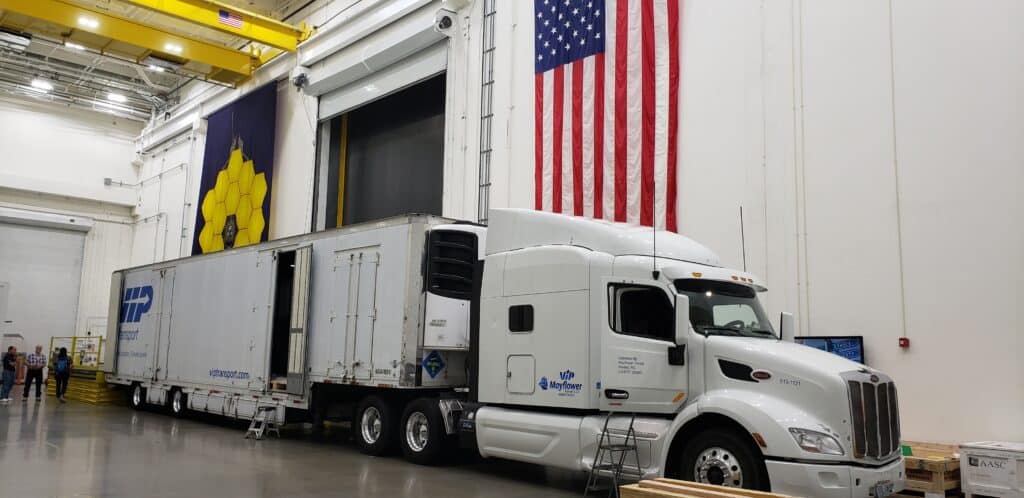
Tackling the Logistics to Pull It All Together
VIP Transport played a key role in moving those parts from the Rockies to the East Coast. VIP, a long-time partner with the NASA / JPL program, was charged with transporting sections of the telescope during the summer. The instruments and support equipment transported were valued at more than $600 million. Many of the trips were from Boulder, Colo., where several of the sections were assembled, to Goddard.
The coronagraph was assembled at NASA’s Jet Propulsion Laboratory (JPL) in Pasadena, Calif., and VIP Transport was proud to transport the Roman Space Telescope Coronagraph Instrument in our generator-powered, climate-controlled van from JPL to Goddard across the country. Our drivers and team executed a flawless relocation for this specialized shipment, delivering on time and safely.
VIP is committed to supporting NASA and the exploration of the beyond. Whether you are exploring the depths of the ocean or the infinite abyss of space, let VIP work to make your journey a success.
To learn more about the Roman Space Telescope, click here.



